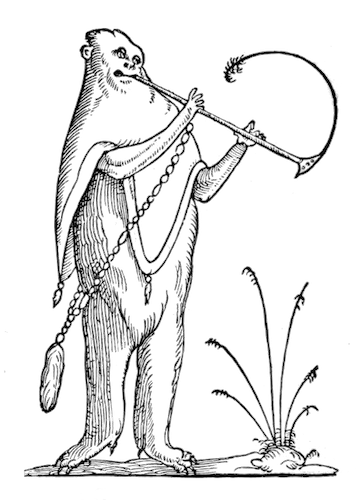
Raja Harishchandra (1913)
Directed and produced by Dadasaheb Phalke, the "father of Indian Cinema", this 40-minute-long silent film is the very first full-length Indian feature — the beginning of Bollywood. The narrative of the film is based on the eponymous legend recounted in the Sanskrit epics Ramayana and Mahabharata. The story centres around the hero Harishchandra, a noble king, who, to honour his promise to the sage Vishwamitra, sacrifices his kingdom, his wife, and eventually also his children. By the end, however, having pleased the Gods with his actions, Harishchandra's former glory is restored.
Phalke was apparently inspired to make films after watching the French film The Life of Christ (1902), twice in one day. He quit his job at a printing press and went to London to learn the technical ins and outs of making a film. Returning to India, he pledged in his life-assurance policies and his wife sold her jewellery to raise the capital needed. Struggling to find women willing to act in the film, Phalke had to instead cast men in the female roles, including Anna Salunke as Harishchandra's wife. Salunke — who worked in a restaurant as a cook before Phalke gave him his role in Raja Harishchandra — would later play both Rama and Sita in Phalke's 1917 film Lanka Dahan and become the most well known actor/actress of his time.
Unfortunately, Raja Harishchandra only exists now in fragments (1475 feet of it), which you can see above, with both Hindi and English intertitles.
Enjoyed this piece? We need your help to keep publishing.
The PDR is a non-profit project kept alive by reader donations – no ads, no paywalls, just the generosity of our community. It’s a really exciting model, but we need your help to keep it thriving. Visit our support page to become a Friend and receive our themed postcard packs. Or give a one-off donation. Already a supporter? A huge thank you for making all this possible.
May 3, 2016





